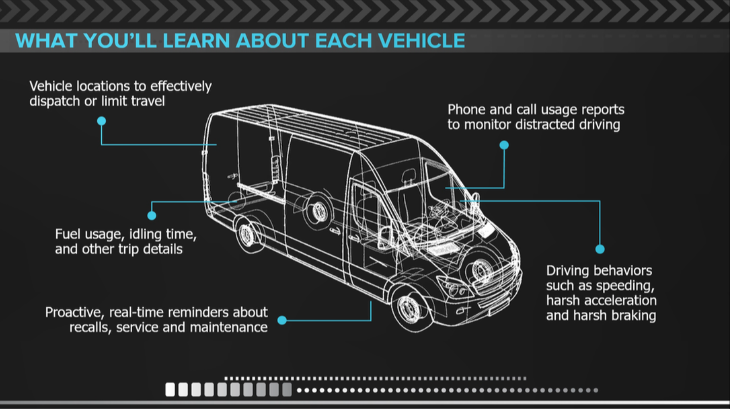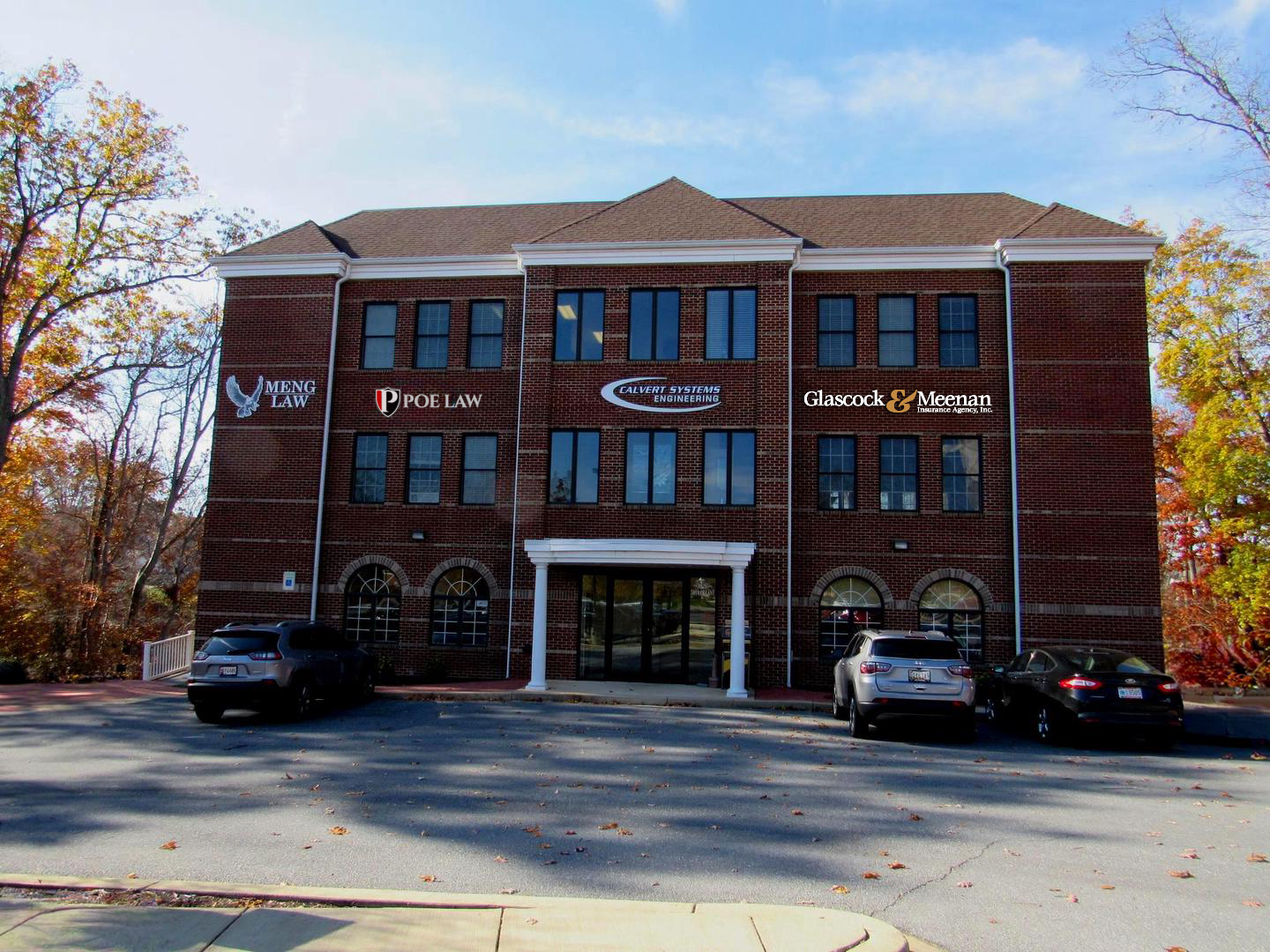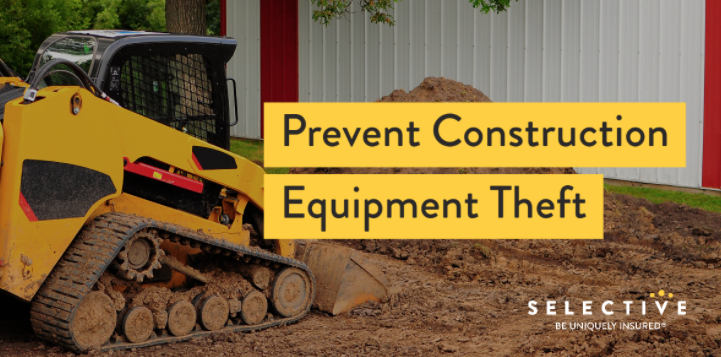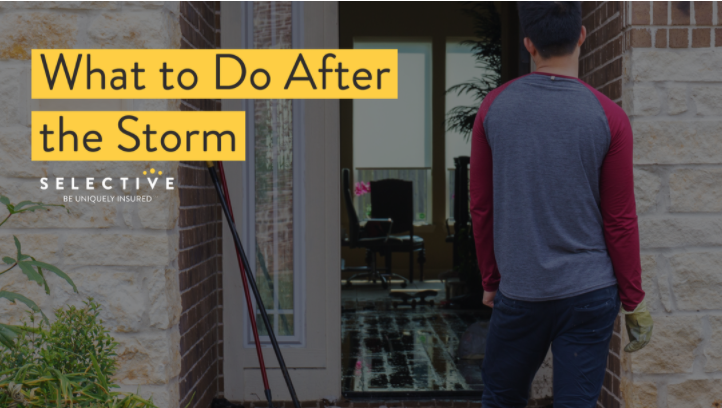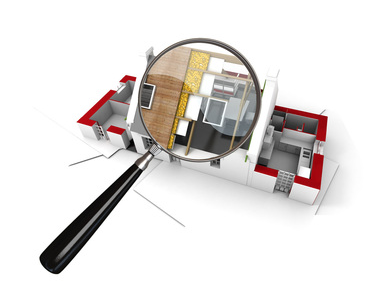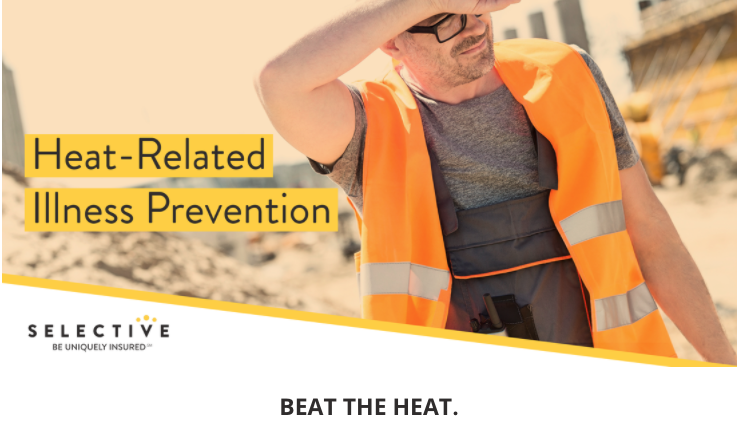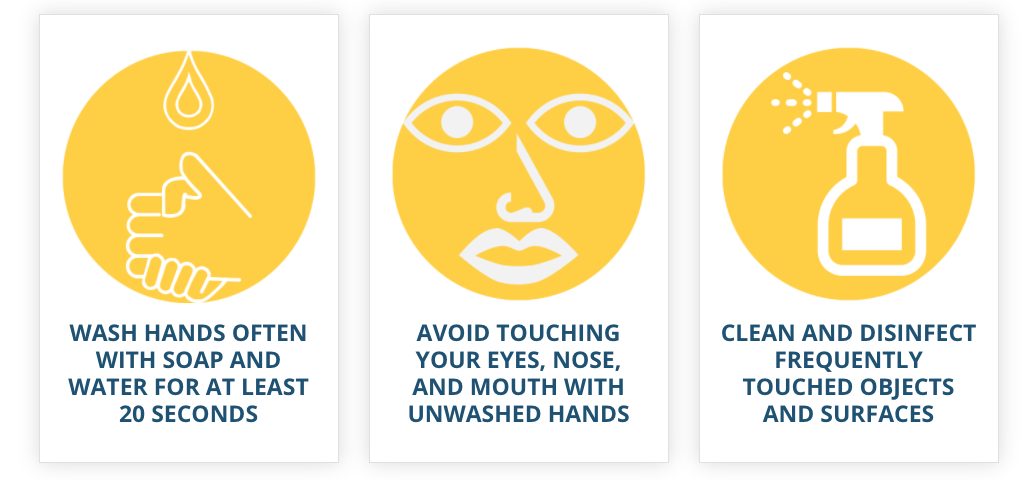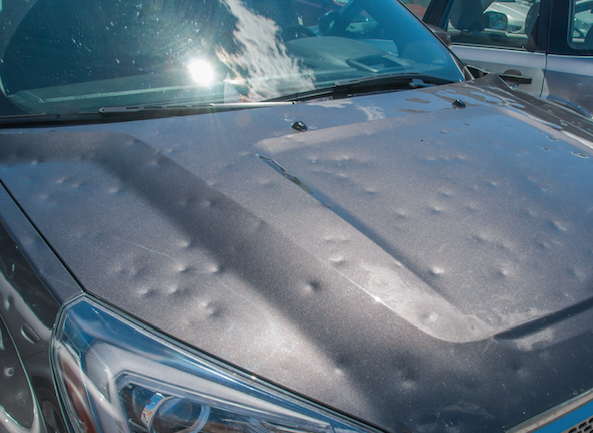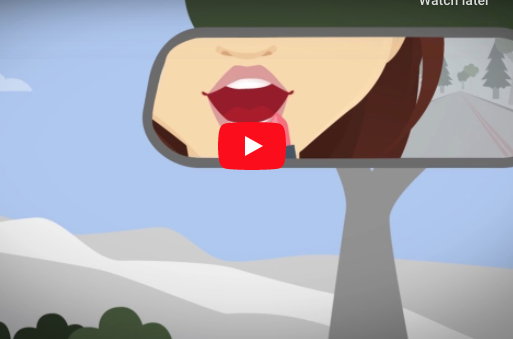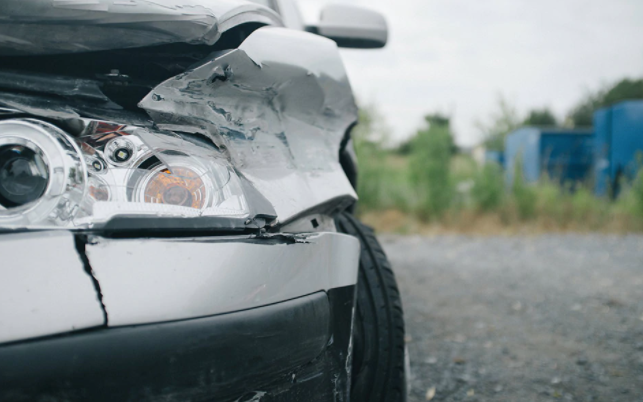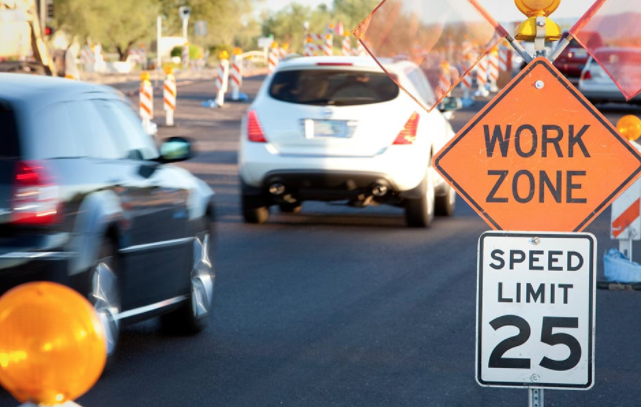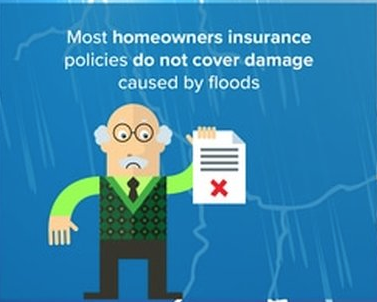How Much Homeowners Insurance Do I Need? [Video]
You’re getting ready to buy a home and know that you’ll need insurance to cover your house and all your belongings that go along with it. Knowing you have insurance coverage in case of theft, fire or other unexpected occurrences may help you sleep better at night. But how much insurance should you consider? Understanding the basic coverages and the ones you can “add on” to your policy can make it easier to determine what you need.
Here’s an overview of what’s typically included in a homeowners policy, as well as some other things to consider based on where you live and what you own.
The 6 Basic Coverages in a Homeowners Policy:
1. Dwelling
What It Is: Pays to rebuild or repair your home if it is damaged by a covered loss, such as fire, windstorm, hail, lightning and vandalism.
How Much You May Need: Determined by the estimated cost to rebuild your house, not by the market value of your home. If you have a mortgage, your lender may even require certain dwelling coverage options, limits and deductibles.
2. Other Structures
What It Is: If you have a detached garage, shed or fence, these structures are covered by this portion of the policy.
How Much You May Need: Generally, most policies cover detached structures for about 10 percent of the amount of insurance you have on the structure of the house.1 Based on what other structures you have on your property, you may want to consider increasing this percentage.
3. Personal Property
What It Is: Personal property covers items like furniture, clothing and kitchen items – even your refrigerator – if they are damaged or destroyed by a covered loss.
How Much You May Need: It’s up to you to decide whether you want the actual cash value personal property coverage that is generally included in a homeowners policy, or the optional replacement cost coverage. Both are subject to applicable policy limits and deductibles. Most home insurance companies will set your personal property limit between 50% to 70% of your dwelling coverage.2 You will need to determine the total value of your possessions to decide whether this default amount is appropriate for your needs. A great way to help more accurately estimate your personal property coverage needs would be to take an inventory of everything you own, and assess the value. Read More



